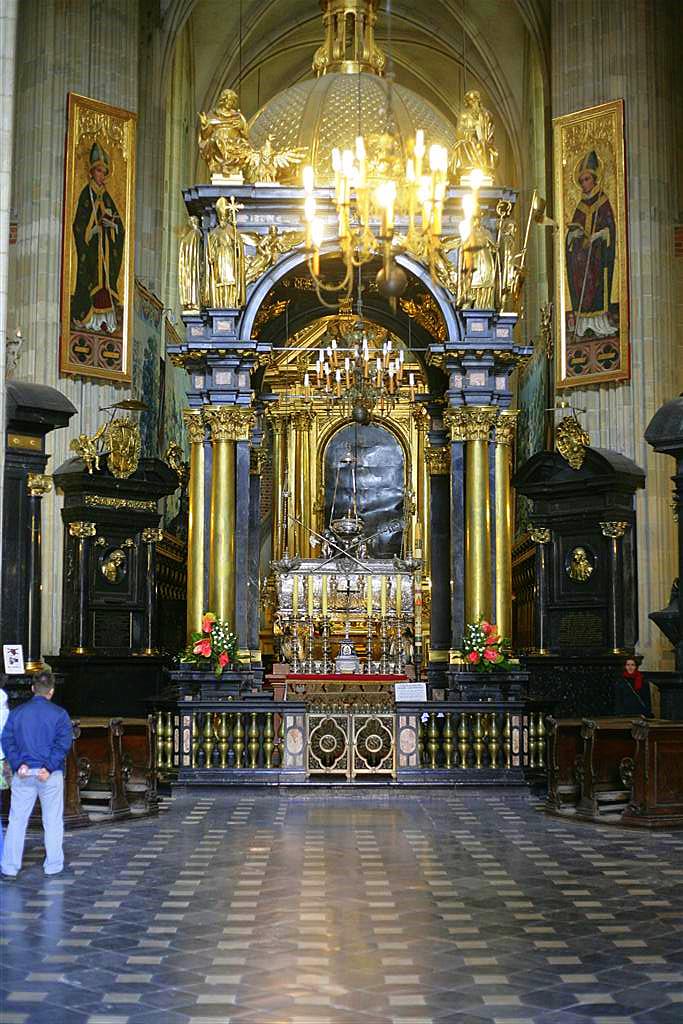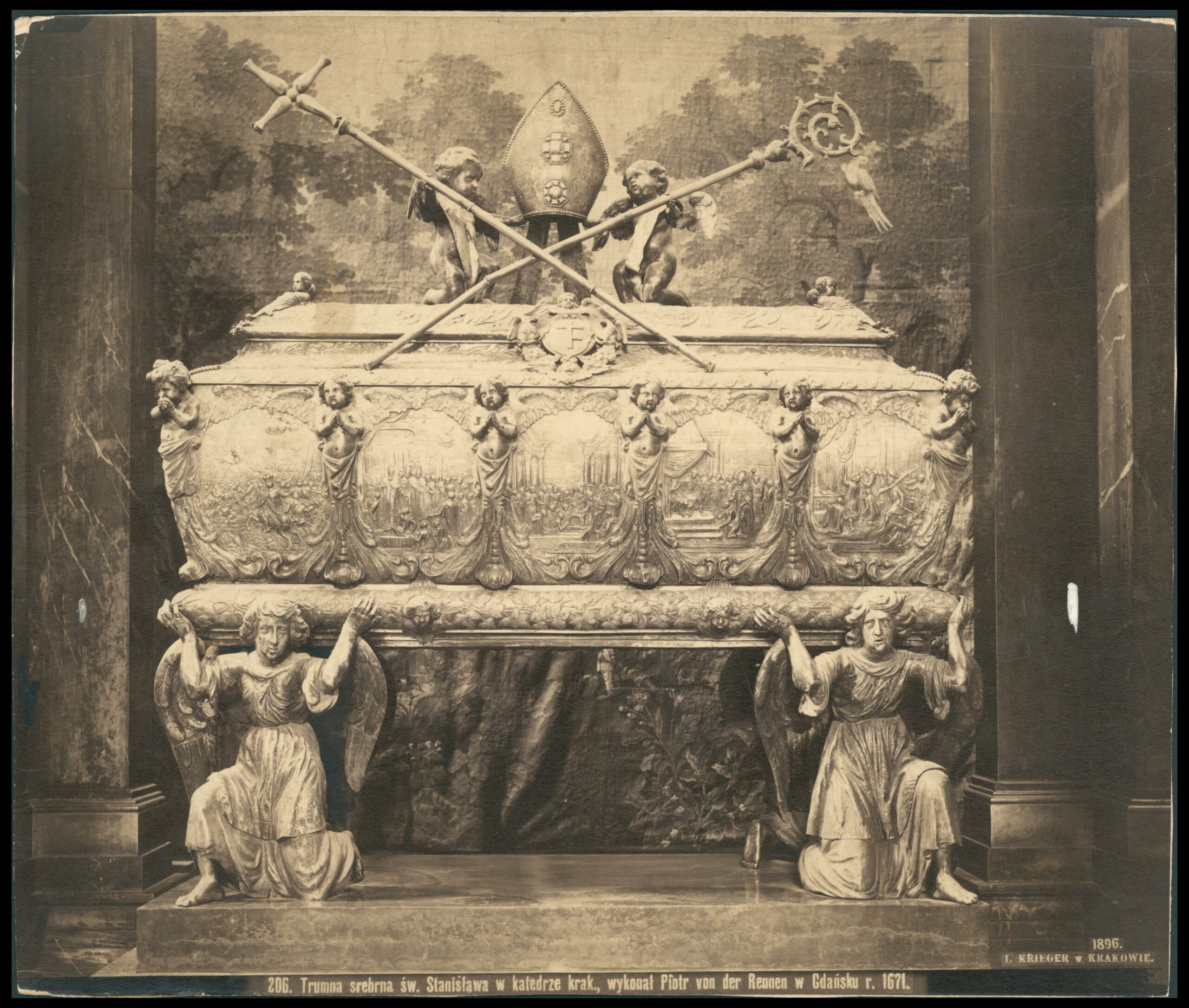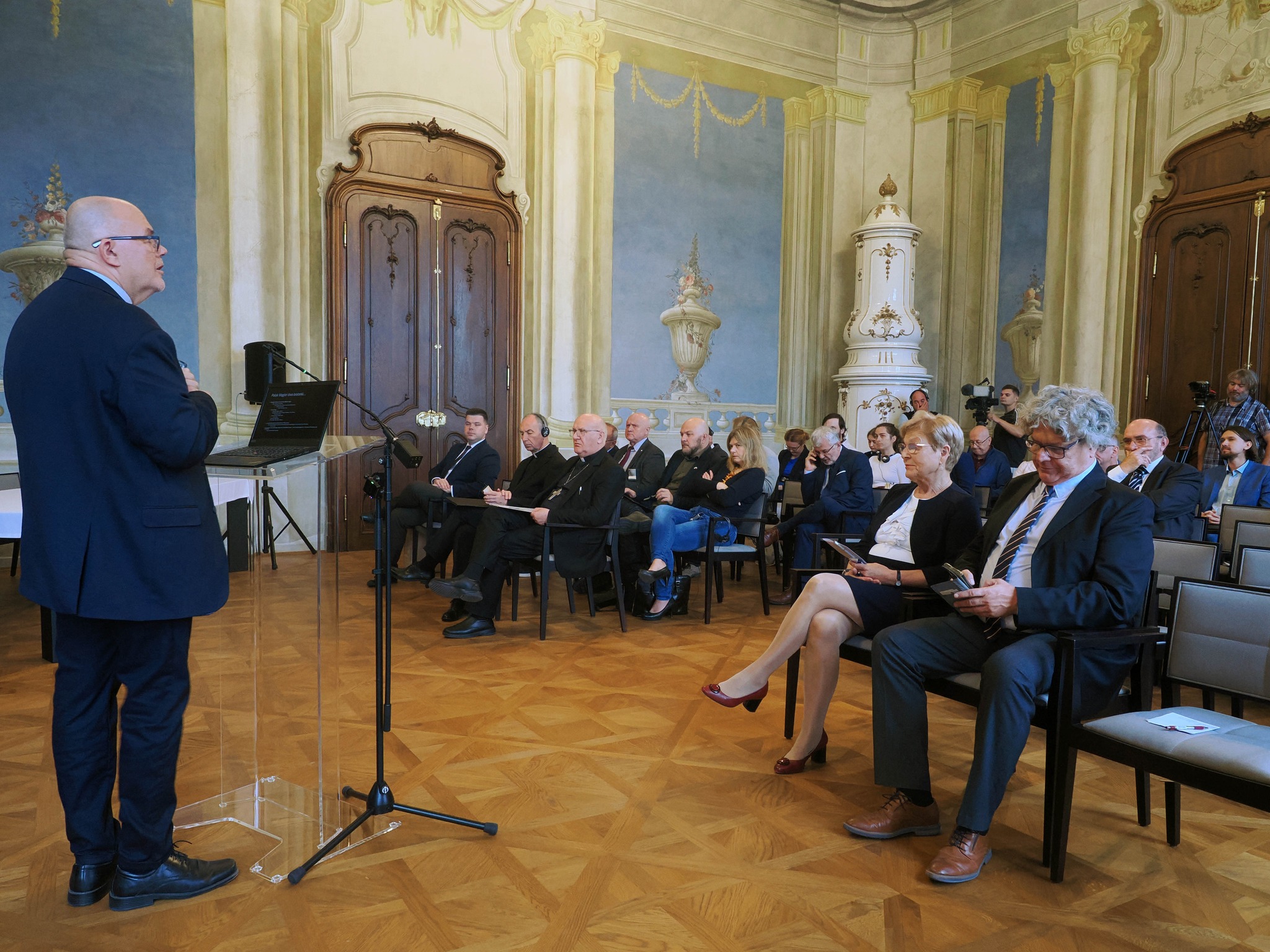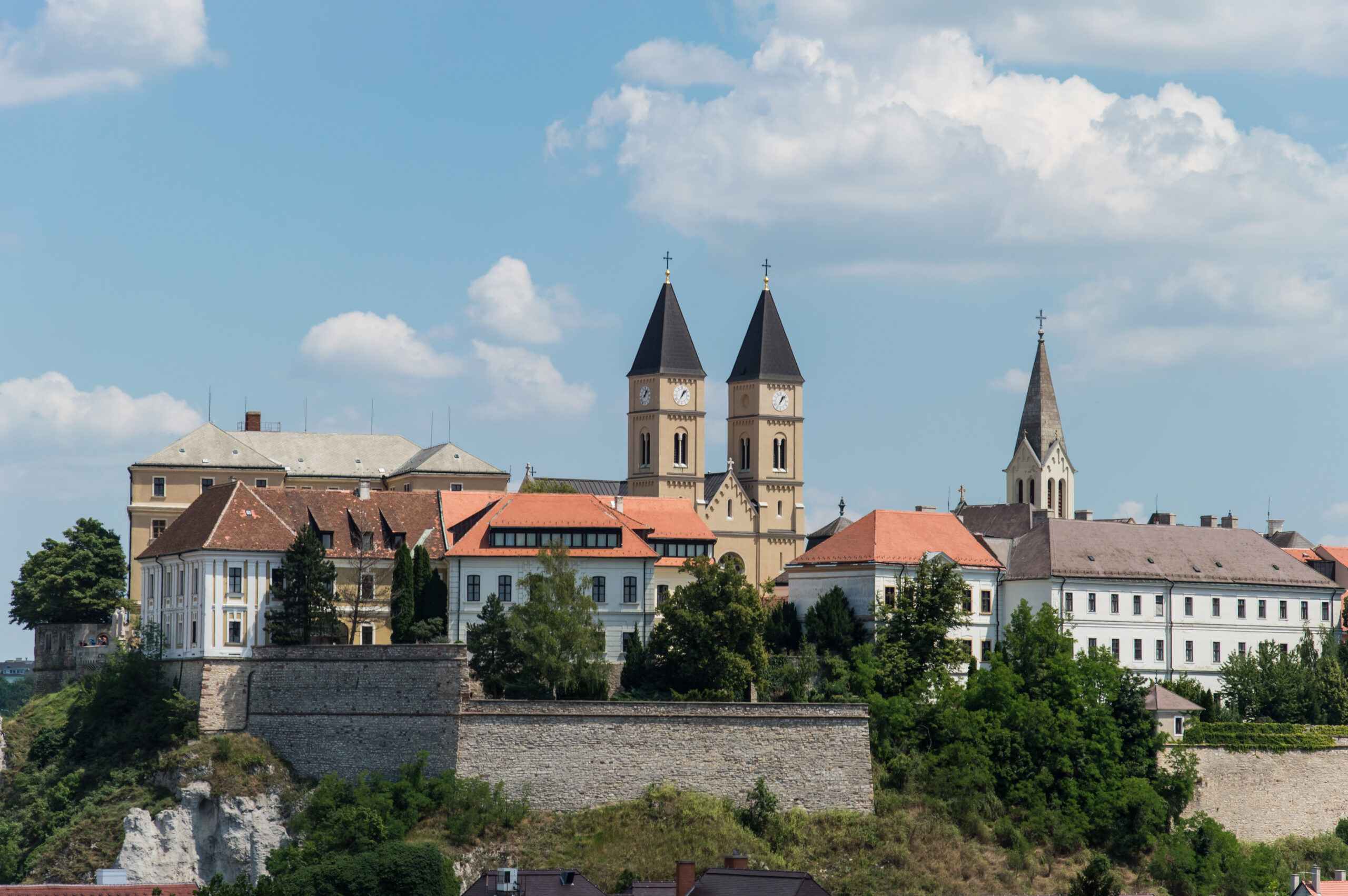St. Stanislau grave in Wawel – Wawel Cathedral, Kraków
Fact of the Polish figure „St. Adalbert”
Part of the „The patrons and guardians of the land” topic
The assassination of Bishop Stanislaw of Krakow, carried out on the orders of King Boleslaw II the Generous in 1079, was one of the most important events in the history of medieval Poland. The background of those dramatic events is unknown to us today, but more than a century after them, the cult of the Cracow bishop became a unifying factor for the Piast kingdom, which was divided into districts. His coronation ceremony in 1253 was attended by the most important Polish princes and the idea of the renewal of the kingdom by the “new Aaron,” which Wincenty Dominican included in his narrative, became attractive to many princes such as Leszek the Black and Władysław Łokietek. After the unification of the Kingdom in the 14th century, the Cracow martyr became its most important patron and guardian of unity. In the late 15th century, meanwhile, he was permanently introduced into the coronation ceremony of Polish kings. In later times, Saint Stanislaus receded into the national pantheon, giving way to Tadeusz Kosciuszko or Jozef Poniatowski. However, he is still remembered in the Polish Church. He was especially venerated by another hero of Polish cultural memory, Saint Stanislaw’s successor, Cardinal Karol Wojtyla, later Pope John Paul II.

Further reading:
Golianek R., A Polish saint. Historical-national themes in Franz Liszt’s oratorio ‘St Stanislaus, ,,Interdisciplinary Studies in Musicology” (2014), V. 13, p. 79-89.
Rożek M., Krakowska Katedra na Wawelu, Kraków 1989.





